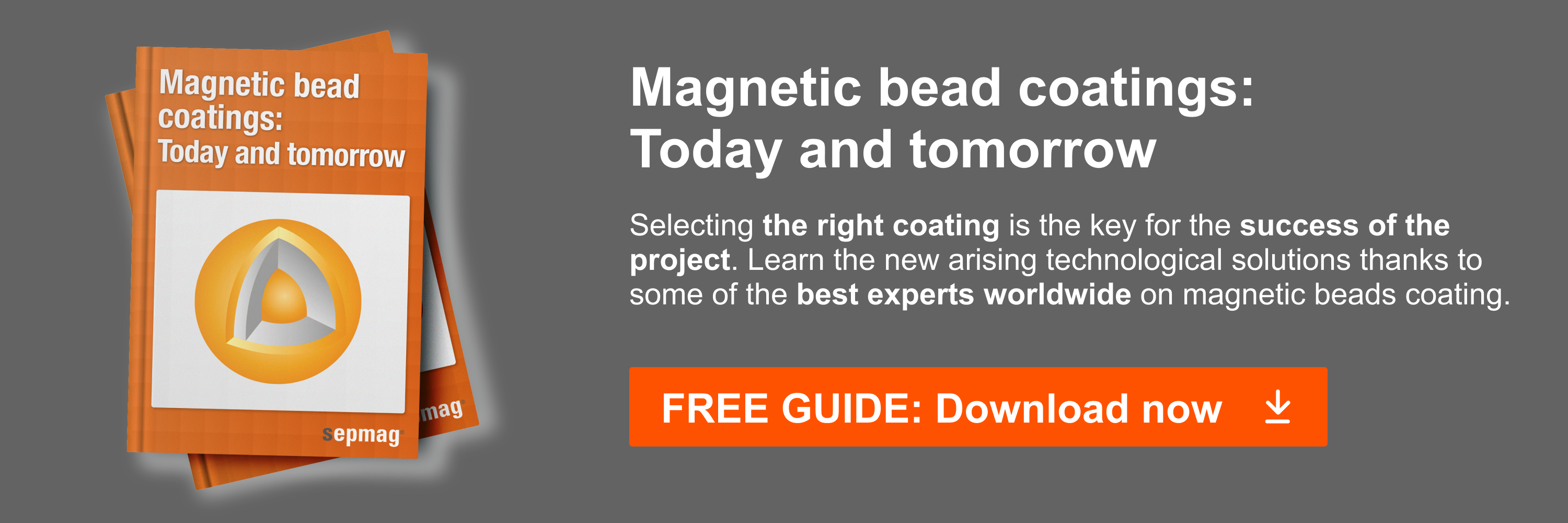Bioengineers at the University of California, Los Angeles have developed a new technique for patterning magnetic material onto polydimethyl-siloxane (PDMS), a flexible polymer known as an elastomer. The resulting product has promising biotechnical applications. Its flexibility allows it to conform to many different shapes, and its magnetic field can be tuned by the application of an external magnet.
A new micro-machining technique was used to create titanium copper alloy chips ranging from 4 μm to 5 mm in width with thicknesses of 1-70 μm directly bonded to PDMS. A range of PDMS concentrations were used at thicknesses ranging from less than 200 μm to greater than 1 mm. The finished micro-magnetic elastomers are thicker and more stable than any previously engineered. The bonds between the alloy chips and the PDMS withstand the stress and strain introduced when the film conforms to curved surfaces. This is a novel demonstration of an elastomer with a non-brittle metallic coating thick enough to generate the force necessary to direct the flow of magnetic particles suspended in fluid.
Potential Use for Micro-Magnetic Elastomers in Magnetic Cell Sorting
The elasticity of these films allows them to conform to conical tubes and fluid channels. This presents the possibility of enhancing existing magnetic cell sorting techniques by introducing a tunable magnetic field very close to a biological sample containing magnetic beads. The engineers put the elastomer inside of an Eppendorf tube, and it conformed to the cylindrical surface. The array of alloy chips on the elastomer creates a magnetic landscape within the tube. Some particles flowing through this landscape cruise along high velocity channels while others are trapped by complicated magnetic forces. The introduction of a magnet outside of the tube alters the magnetic field inside the channel. As a result, the trajectories of the flowing particles can be controlled deterministically. This elastomer could enhance current cell-sorting technologies by decreasing the distance between the magnetic field and the beads, and increasing precision when controlling the trajectories of the cells.
The Technique That Makes These Films Different
The films are built by using a variety of additive and subtractive processes. First, Poly(acryic acid) thin films rendered insoluble in water are chemically deposited with a base-layer of Ti-Cu-Ti that is then thickened by electroplating. Micro-magnetic patterns are created by using a positive photoresist layer, and exposing only the areas to be electroplated with the alloy. After photoresist removal, the entire surface is silanized and bound to PDMS. Finally, the original Poly(acrylic acid) layer is etched away to leave a PDMS elastomer with patterns of micro-magnets bound to it.
The authors of this study see potential applications for the new material in technical tools. In particular the ability to, “micromanipulate particles and form biostructures; this may potentially generate new applications in magnetic droplet control, magnetophresis, bio-patterning, and self-assembly.”
The study, entitled “Flexible and Stretchable Micromagnet Arrays for Tunable Biointerfacing.” was published online in the journal “Advanced Materials” on Dec 23 2014. The supplementary information includes videos of nanoparticles flowing through the conically arranged elastomers.
Related news:



